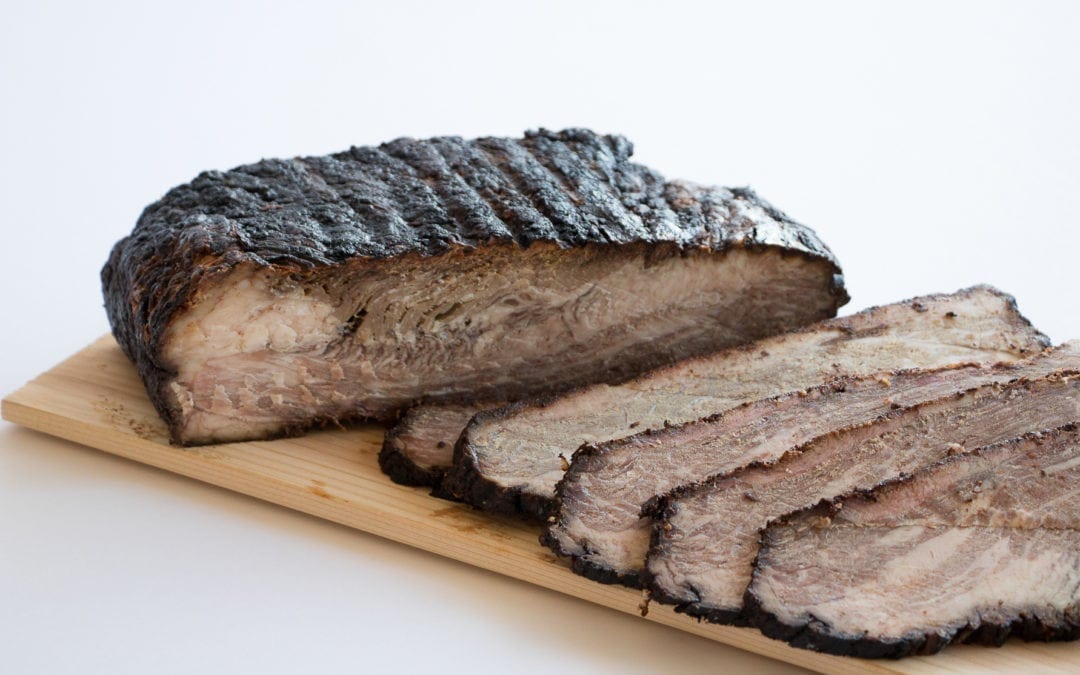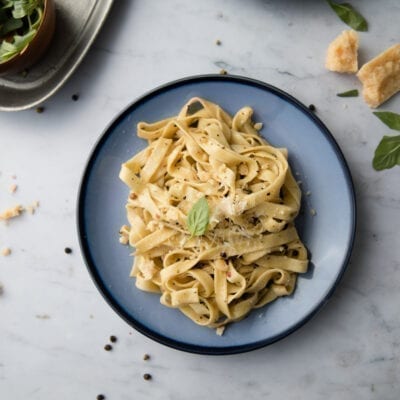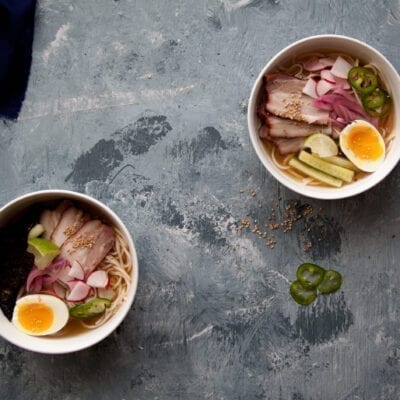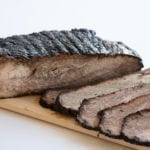I worked as a restaurant chef for over 18 years. Most of these years were spent cooking in Europe where certain common American beef cuts, like brisket, are hard to find. Smoked beef is also something that is fairly uncommon.
When I came back to the USA, I had a lot to learn; one of those things was BBQ and grilling.
In my experience, the short version of cooking brisket in a restaurant would go something like this: Place it in a pan with small amount of liquid, cover tightly with foil and place in an oven to cook low and slow for several hours. Cool, cut, and portion for service.
This method is simple and straight-forward, but lacks the complexity that pit BBQ style cooking can develop.
Successfully cooking a whole brisket, also called a “packer” or “Texas” brisket, is considered one of the more technical cuts to master in the pit due to its uneven size and fat content.
A packer brisket consists of 2 muscles, the flat and the point. These two muscles are separated by a fat layer and the entire cut is covered in a fairly thick layer of fat, called the cap. As with cooking anything, quality of product is key and that is where it all starts.
I received a beautiful 13 lb. packer brisket from Feed the Party. This beef was top quality and available for one of the most reasonable prices I have ever seen. The high quality of this brisket deserved some special treatment, technique, attention and patience, so I got to work.
How to Prepare a Brisket for the Smoker
The brisket came with a fantastic dry rub from Lane’s BBQ. This signature blend comprised of salt, pepper, paprika, coriander, garlic, mustard, thyme and ancho chilis.
I wanted my resulting brisket to have a significant bark when done so I trimmed off very little fat and applied the whole 4.6 oz. container of seasoning. I rubbed the seasoning into the beef thoroughly, and then wrapped it tightly in plastic wrap and refrigerated it overnight.
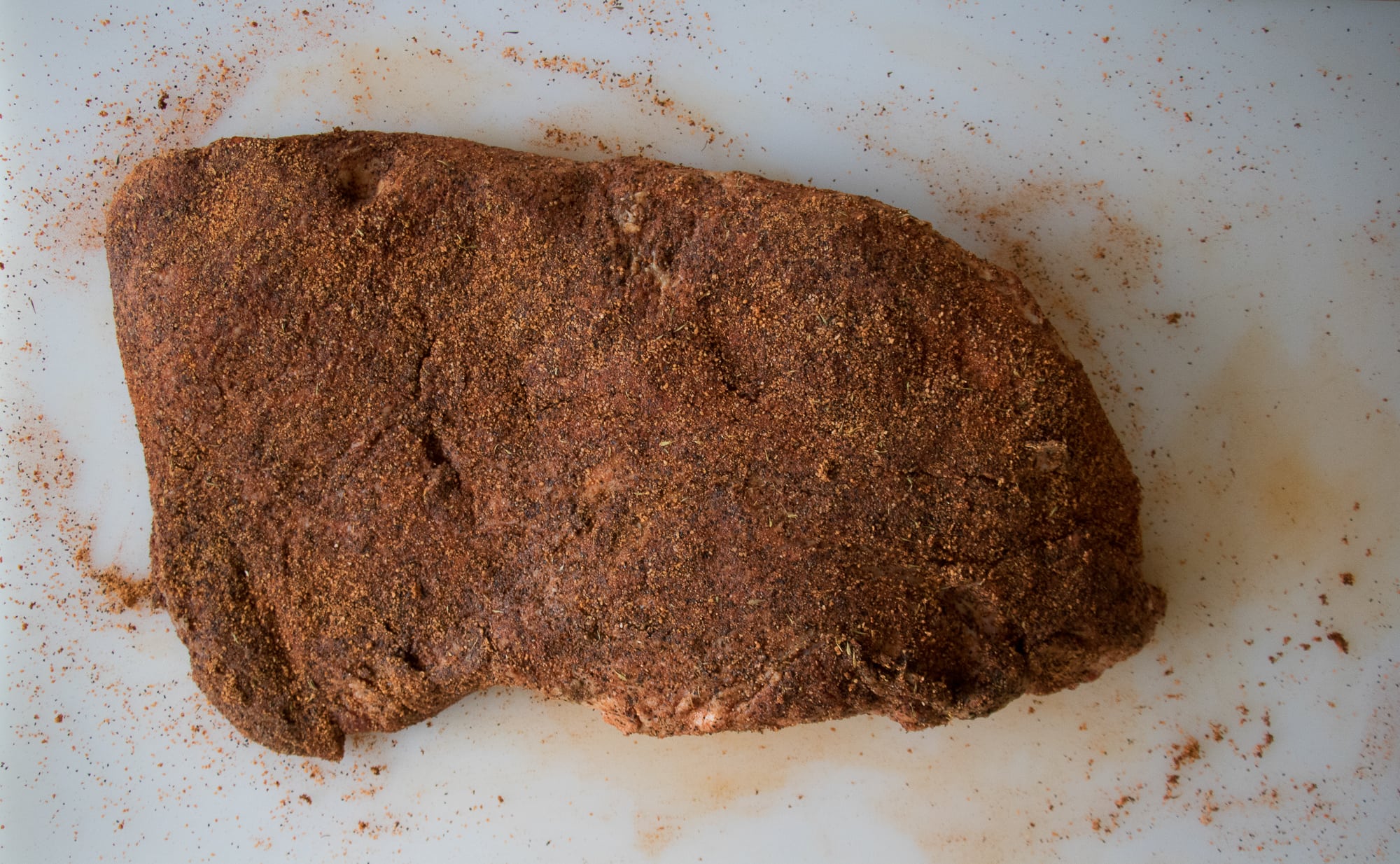
How to Cook a Brisket in a Barrel Smoker
The next day I loaded a hefty vertical barrel smoker with 15 lbs of Wildwood Grilling Maple wood chunks and fired it up. It took about 2 hours for this raging inferno to calm down and produce a layer of red hot coals at the bottom of the barrel.
During the last hour of preheating the smoker, I removed the brisket from the fridge and let it sit at room temperature. This allowed the meat to temper and encouraged even cooking.
The brisket was placed on grates and the lid was set on the smoker. The smoker’s temperature was 300°F at this time. I didn’t even peak under the lid for the next 9 hours, but the coals remained glowing and hot to the very end.
Although the cooking process ran late into the night, I was patient and when I finally checked the brisket’s internal temperature, the reading was 180°F. Some might say that this is not quite there, as 195°F is the recommended pull temp. To assure that the meat was cooked properly, I immediately wrapped it in plastic film and then tightly wrapped it in some clean towels.
This package was then placed in a cooler with the lid shut tightly. This allows the meat to rest effectively by minimizing fat and moisture loss, the residual heat will also encourage the brisket to rise in temperature 10-15 more degrees.
Four hours later, I removed the brisket from the cooler to find it still hot. The aroma of smoked maple wood on the beef was irresistible, so I carved off a sampler for myself.
Upon looking at my creation, the smoke ring was very visible, the beef was still juicy, perfectly cooked, and almost falling apart. The bark was exactly as I had hoped, it was highly seasoned, crisp, flavorful and most of all, packed with that smoke flavor I was looking for.
This was the best result I have ever had with brisket by a long shot. I don’t think I will ever cook a brisket in the oven again. Low, slow, wood and a great cut of beef is by far the best way to go.
Matt worked his first kitchen job in the country of Malta at the age of 15. He has worked as a restaurant Chef in Arizona, Maine, Spain, the UK, Oregon and finally North Idaho. Now the Executive Chef at Wildwood Grilling, he thoroughly enjoys his day job.

